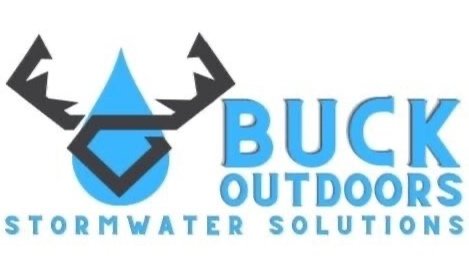3 Compliance Nightmares That Could Shut Down Your Jobsite (And How to Avoid Them)
Construction sites have so many moving parts, so much so that even the most experienced general contractor can feel like the chaos is overwhelming. Throughout my decade of CEPSCI inspections in South Carolina, I’ve seen small oversights turn into major headaches. Here are three chaos triggers that could have been avoided.
1. Stop-Work Orders During Critical Phases
Several years ago, I was part of a large storage unit project. From the very beginning of the project, things were not going well and early on the General Contractor was looking down the barrel of a potential stop-work order. The original grader dug out a stormwater pond and ran into problems. The issue escalated quickly when the grader decided to quit. The project was slowed while waiting for a new grader to come on site to inherit the complicated mess. As problems were getting straighten out issues included sediment in a near by pond, tracking onto the road, aging and deteriorating temporary BMPs, and there was one hillside that suffered from erosion during every rain event. The regulator and I were both at a state stormwater conference and the topic of this project came up. I was told that the following days a stop-work order would be issued. The regulator and I stepped aside during the conference and developed a plan to resolve the issues and keep the project rolling. I took pride in the reality that my client did not experience down time on this project.
Lesson: Having a neutral, knowledgeable inspector on site prevents escalation acting as a bridge between regulators and contractors.
2. Pre-Existing Problems
On another construction site, I was managing the neighboring community’s stormwater infrastructure. They had failing junction boxes and disjointed pipes. Sediment from these problem spots were filling the storm pond. I was working with this community to resolve problems. They did not have the money for the repairs. Knowing that the construction site nearby was to tie into the community’s stormwater, the problem could potentially become worse and create a problem between the two. I made both parties aware of the potential problems, and suggested that the GC put a camera in the storm pipes. This allowed the GC to have proper documentation and avoid blame for pre-existing issues. Furthermore, the plan allowed the community to have a needed visual of what was going on in their pipes without spending money they didn’t have. With interest in both clients, I was able to intervene, facilitate the defining of a clear benchmark, and allow both parties to have a productive conversation before the project even started.
Lesson: Documenting conditions and setting clear boundaries before work begins can prevent disputes and protect your company’s reputation.
3. Storm Events
Heavy rains can create chaos on any site. I tell my inspectors that if they come back after a rain event and don’t record any problems then I doubt how thorough their inspection was. On one project, footers were filled with water after a storm. The GC was from Alabama, so the superintendent didn’t know where to find a pump locally. While I was on site I asked the frustrated superintendent what his plan was. He asked for the closest rental company so that he could obtain a pump. Fortunately, my shop was just down the road from the site and the superintendent followed me back to the shop. I helped load up my pump and the work continued with minimal delay.
Lesson: For an out of state GC, having local third-party team member ensures you’re not scrambling when the problem hit.
Having a third-party inspector isn’t just about avoiding fines. It’s also about having a team member to help manage relationships, anticipate risks, and keep the project moving smoothly. These nightmares aren’t inevitable, but they’re easy to overlook if you don’t have a trusted partner on site.
Weekly CEPSCI inspections provide peace of mind, early warning of potential issues, and a trusted voice to help navigate unexpected challenges. In my experience, those who embrace third-party inspectors as a proactive tool minimize compliance nightmares.
